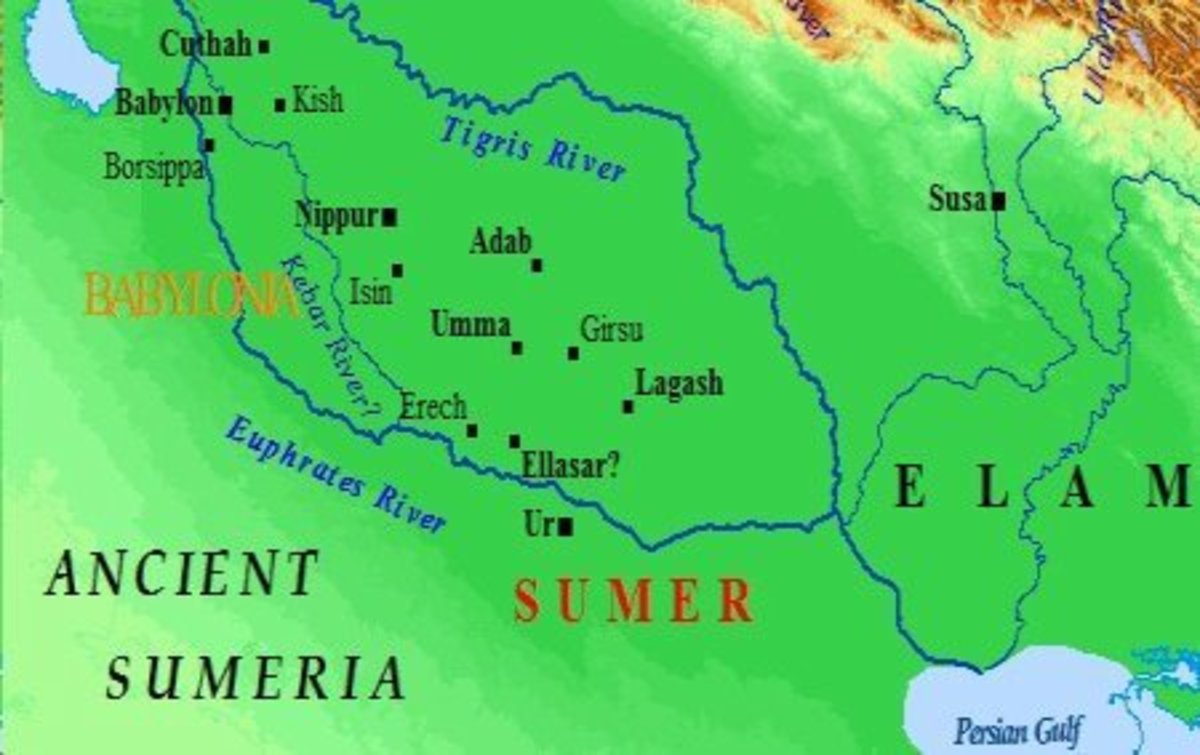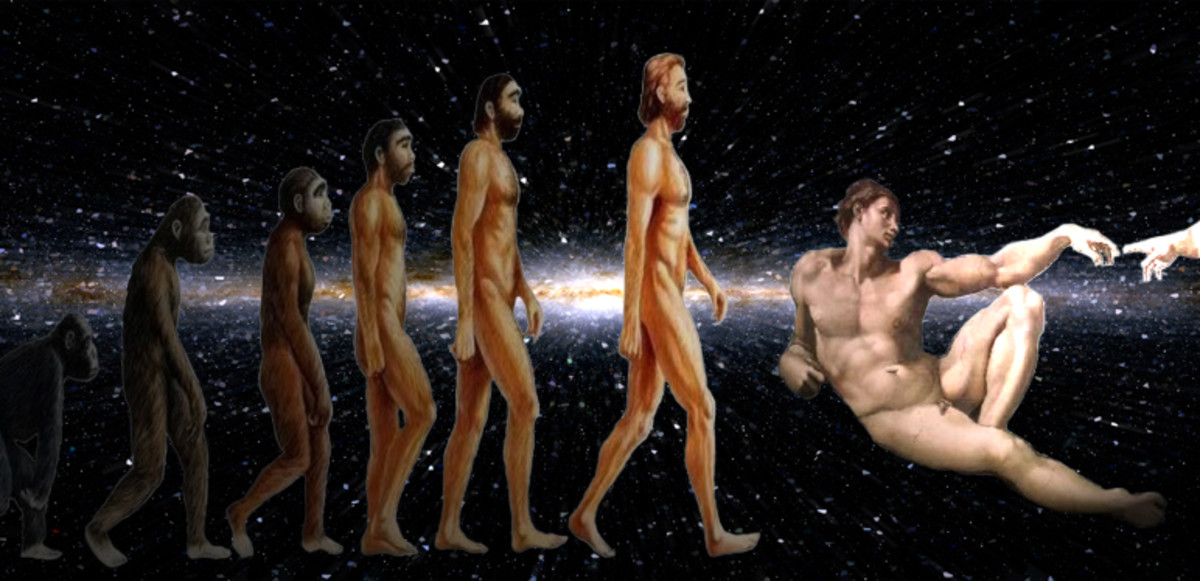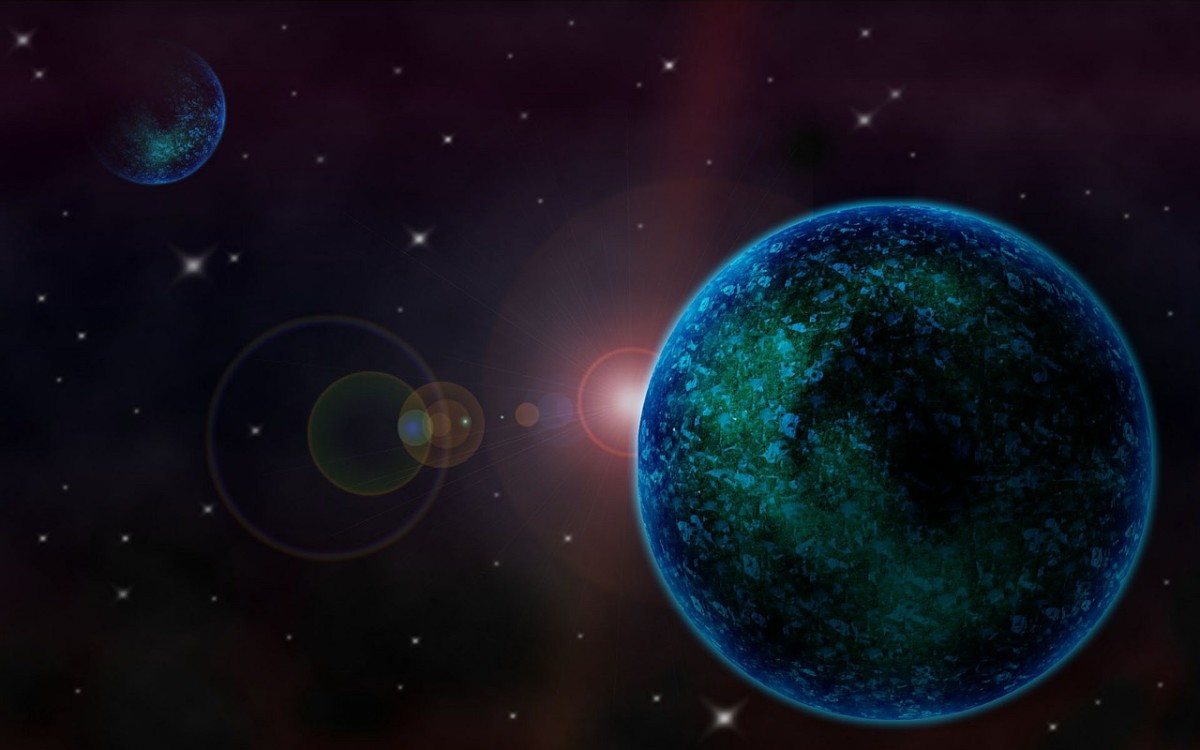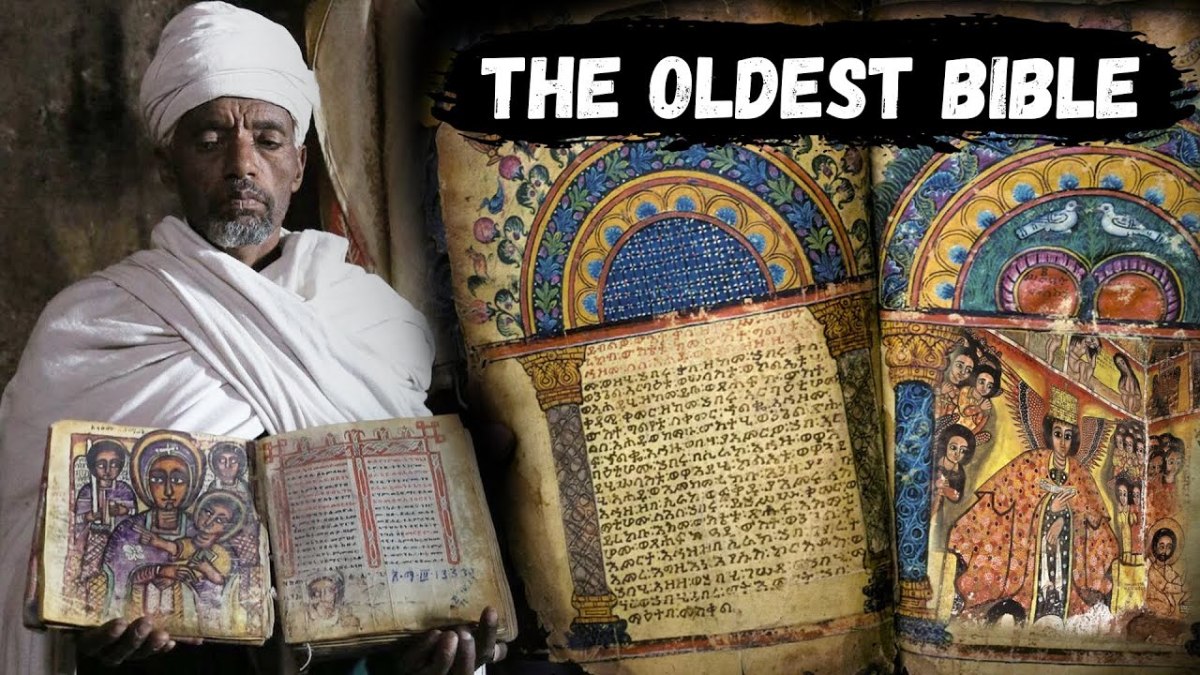Legends of the flood (part2)
Who tells the story
In the last hub we looked at some of the cultures that have an oral tradition of a story of the flood that covered the earth and only a few were saved. But not all the cultures had an oral tradition. Some of them actually wrote the story down so that future generations would have the story that they believed.
In this hub we'll be looking at some of these written accounts and what they say.
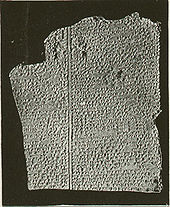
The Written stories of the flood
Up until the middle of the nineteenth century the only stories of the flood that were known to us were the stories in the Bible and the Qur'an (the Jewish story of the flood is the same as in the Book of Genesis). There were stories written down by ancient Historians such as Josephus and Manetho but no one really took a lot of notice of them and even the stories in the Holy books were regarded as mere legend and probably not true.
In 1799 Napoleon invaded Egypt. He was fascinated with that ancient culture and began to explore some of the ancient sites. At a place called Raschid an inscription was found that was to prove to be literally earth shattering. The inscription turned out to be a decree written during the time of Pharaoh Ptolemy IV that turned out to be in three languages, one of which was still understood by scholars but the other two were languages that were long dead.
It took a few years but eventually it was worked out that the inscriptions were literal side by side translations and the Ancient Greek of the one could be used to build a template to translate the other two. The inscription became known as 'The Rosetta Stone'
The simple discovery opened up a door to the past as slowly the translations from the stone opened up the possibility of translating other inscriptions and literally bringing ancient and long dead languages back to life.
By 1850 scholars had worked out the basics in many of the languages long dead of Ancient Mesopotamia and archaeological digs had begun to unearth tablets written in the scripts of ancient Babylon, Akkad and Sumer.
The stage was set for a breakthrough that would literally change the way we see the ancient world.
The Epic of Gilgamesh
in 1870 George Smith, a Bank note engraver turned Assyriologist was working on a Babylonian tablet that had been taken from outside Nineveh (from the Library of Ashurbanipal the seventh century BC King of Assyria) and dated around 700BC when he began to realize that the story he was deciphering was familiar. He realized that he was working on translating a story of Noah's flood that had not been read since close to the time that the scribe had worked on the tablet in 700BC
The tablet was part of a larger collection that formed a huge poem (thirteen tablets in all) that told the story of a man named Gilgamesh who is literally given the wisdom of the ages by a god who was once a man. Gilgamesh had to travel literally beyond the edge of the known world to find this god and part of the tablets relate how the gods had tired of man's constant noise and decided to rid themselves of him once and for all. But one god had found a man that he liked and he told that man to build a boat to save himself and the animals which he did and when the flood came he saved creation and as a result the gods decided to make him into a 'god'
This tablet opened a whole new dimension in understanding the Bible and ancient literature, here was a document older than anything ever found before telling a similar story to that of the Bible.
The Epic of Gilgamesh and the Bible
From Humble beginnings
The epic of Gilgamesh story that was found then was only the first of many that has now been uncovered. The first one was eventually dated to the seventh century BC but that wasn't all that was found.
From those beginnings work was begun on translating the plethora of tablets uncovered that have revealed a world every bit as complicated and wondrous as ours but with quite a few surprises.
One of the surprises was that the tablets themselves often have records of who copied what from what tablet, when changes were made and why the change was made so the result is that the scholar working on translating a tablet today has as complete a record of the story of the tablet as could possibly be and is often able to trace the history of the tablet through the editorial comments.
The Tablet was written in a script called 'cuneiform' because it was literally created using a blunt reed to inscribe onto a damp clay tablet which was then dried in the sun preserving the writing for as long as the tablet remained in one piece. Some of these tablets are now five thousand years old.
What about others?
We now know from later digs in the Middle East that the Babylonians weren't the only ones with a flood story, in fact the one that Smith worked on turned out to be a rather late work and now we can say that the original story that the Babylonians used was originally translated from an earlier language. Both Babylonian and Sumerian were Semitic languages but by 1,500 BC Sumerian was already a dead language apart from the scribes who faithfully worked at translating all the records into Babylonian.
Archeological digs at various sites uncovered more tablets and soon we had copied of the epic of Gilgamesh in Akkadian (South Babylonian) and later in Sumerian but then something very strange happened as the further back the records went the more variations of the flood story appeared until completely new stories of the flood much older than the epic of Gilgamesh started to appear.
The Babylonians weren't the only ones
Zuizudra. The Sumerian King lists
In 1914 an amazing publication took place when the story of Zuizudra the last king before the deluge (according to legends of Sumer) who reigned in the epic for 3,600 years.
Some would baulk at the mere suggestion of a man living that long but the amazing thing is that there is even a tablet recording such a thing.
The legend was originally discovered on a fragmented tablet dating to 1,700 BC a thousand years earlier than the epic of Gilgamesh that was translated in 1870 but contemporary with the earliest tablet of Gilgamesh that we now have and with another legend of the flood that was found in 1965
Atraharsis and the Sumerian legends
in 1965 another legend of the flood was uncovered in the vast volume of tablets that had been uncovered in various digs around the Middle East. In each dig more and more of the inscriptions were found that pushed the knowledge of the ancient world further and further back into antiquity shedding more light on how people lived and the things they believed in.
Babylonian and Akkadian are both Semitic languages and related to Aramaic (a language around at the time of Jesus) Hebrew and Amharic but the new languages that were being found weren't related to them and weren't Semitic.
The earliest language that has been found so far in which there's a copy of the flood epic is in Ancient Sumerian and dates back to around 1,800 BC four hundred years earlier than the Biblical account of the flood.
More recent discoveries
In 2009 at the British Museum another discovery was made that has yet to have its full impact of our understanding of the ancient world. The discovery was from a tablet being brought in by a private person and is fully related in Irving Finkel's book "The flood before Noah"
The discovery amounts to an account of the "Atraharsis epic" (the name given to the Sumerian story of the flood story) discovered that is nearly a thousand years older than any other record of the flood yet found. The new tablet measuring six inches by four and inscribed on all four sides has been dated to around 2,500 BC
Interesting points
One of the interesting things in these stories is that as the non biblical accounts of the flood have gone further and further back into history they have actually gotten closer and closer to the biblical account in their telling.
The State of things
Today somewhere between one and two million clay tablets have been unearthed. Scholars believe that it's around 1.5 million of which in the one hundred and forty years of translation work only twenty to thirty thousand have been translated (about 3%). Granted most of them are royal records but some of the ones there are interesting in what they tell us about the ancient world.
One record (not covered so far in this hub) is the story of Sennacherib and his pilgrimage to the site of where the ancient world said the Ark came to rest. The tablet tells that he made the pilgrimage and at the foot of the mountain he went on alone to take a 'talisman' from the Ark.
In one hundred years of translating the tablets we have only translated 3% of all the tablets so far. What is in the other tablets? What other facts will they reveal?
Enjoyed this hub? Then go to my profile page (Top right) and take a look at some of the other hubs I've written. You can also leave a comment just below if you like.

